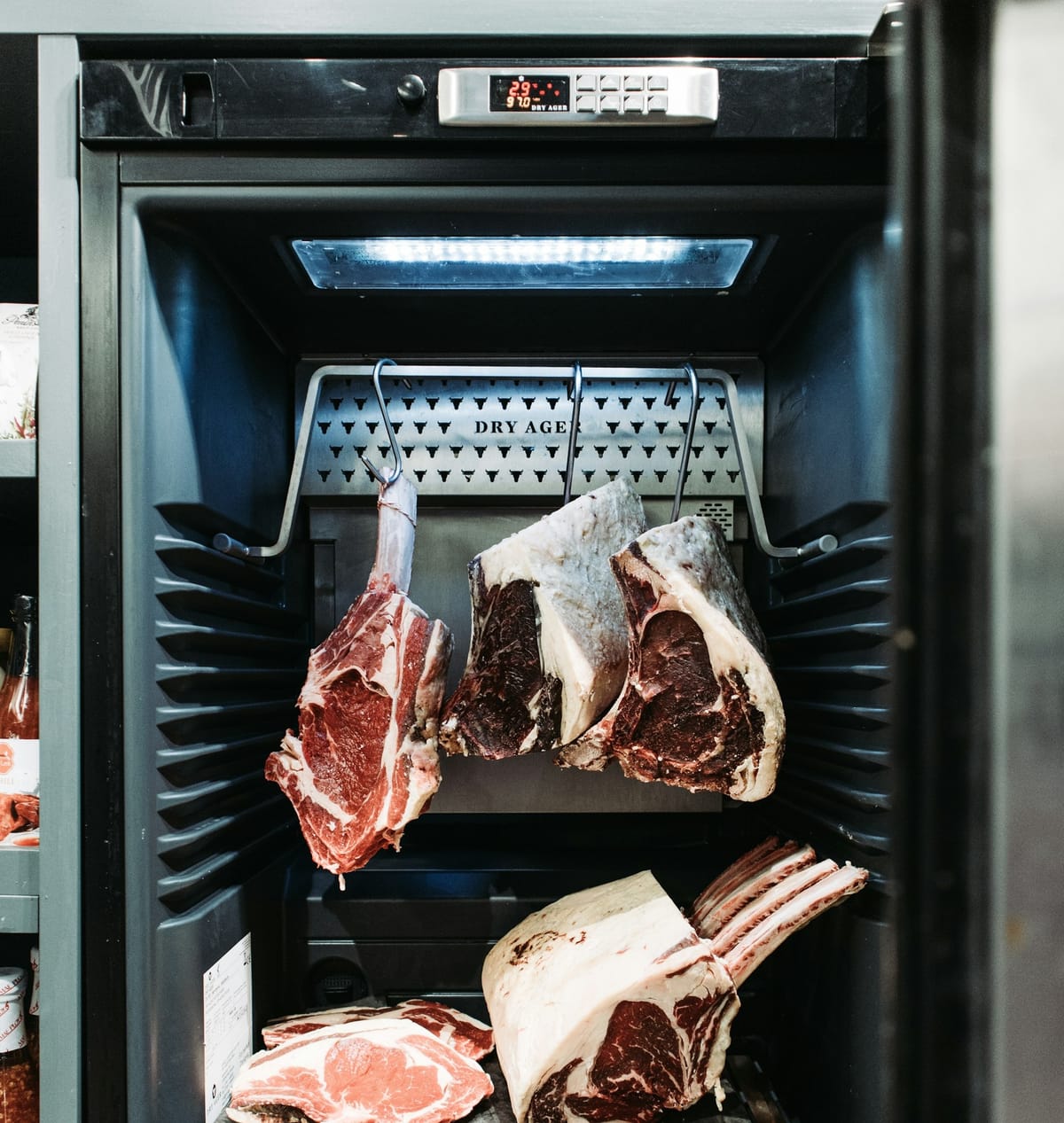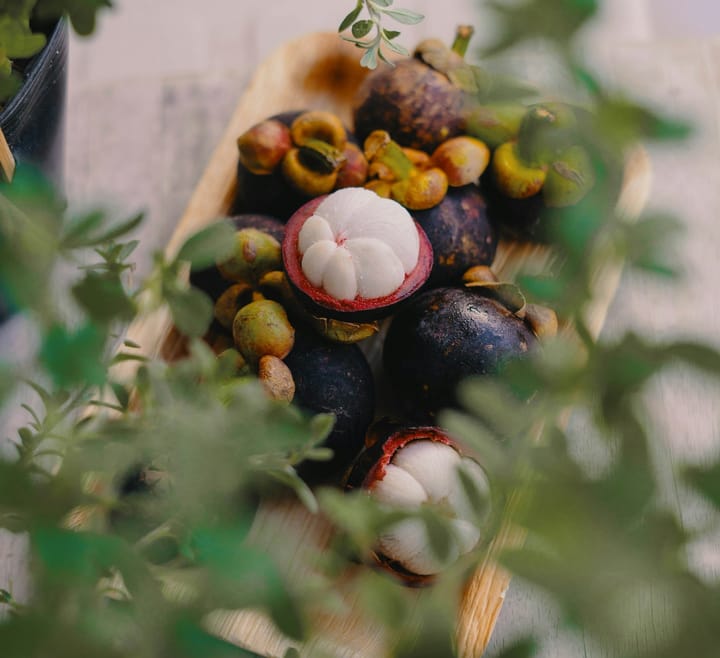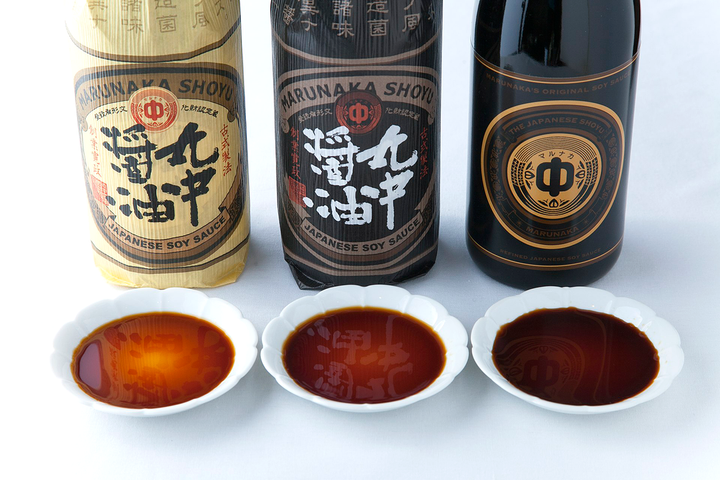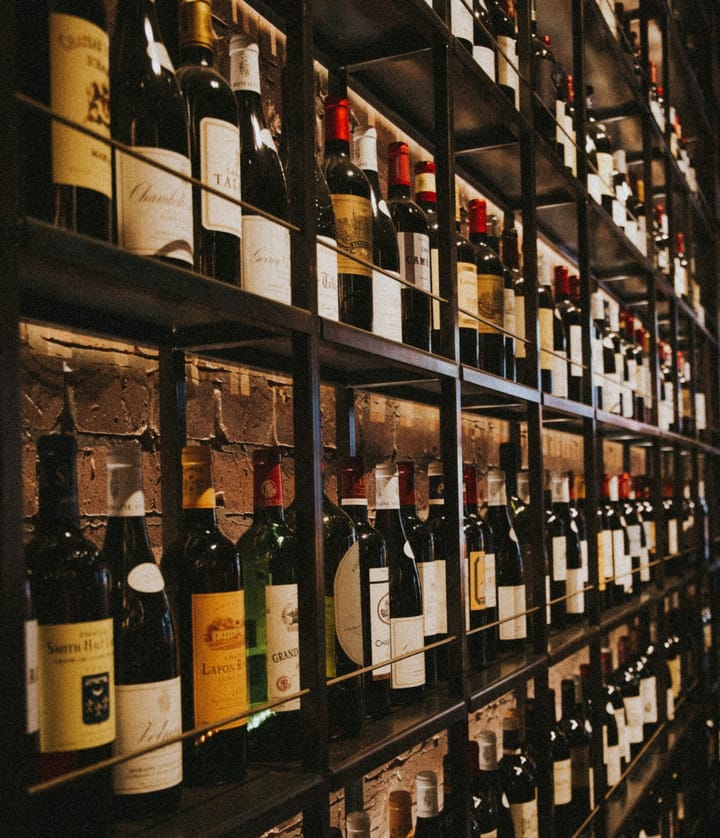The Science Behind Polmard's Vintage Côte de Boeuf Hibernation Process
Explore Polmard's groundbreaking "hibernation" technique that transforms vintage Côte de boeuf into a culinary masterpiece. Like fine wine, this beef mysteriously improves with time through innovative science that defies traditional preservation methods.

In the picturesque region of Lorraine in northeastern France, fifth-generation butcher Alexandre Polmard has revolutionized the art and science of meat preservation.
His family's patented "hibernation" technique has transformed how the culinary world thinks about beef aging and preservation, creating what many consider to be the world's most exclusive—and expensive—beef.
But what exactly happens during this innovative process, and why does it produce such extraordinary results?
Let's explore the fascinating science behind Polmard's hibernation method and understand how it differs from conventional approaches to meat preservation.
The Hibernation Breakthrough: Beyond Traditional Preservation
When we think of preserving meat, freezing and dry-aging typically come to mind.
However, Polmard's technique—developed by his father in the 1990s—represents a fundamentally different approach.
The process involves subjecting the beef to extremely cold air blown at high velocity (120 km/h) at a temperature of -43°C (-45.4°F).
This method, officially called "hibernation," allows the meat to be preserved for potentially unlimited periods without degrading quality—a claim that would have seemed impossible before this innovation.
The hibernation process essentially suspends the cellular activity within the meat without damaging the cell structures.
Unlike conventional freezing, which ruptures cell membranes through ice crystal formation, this process preserves the integrity of the muscle fibers.
The Science Behind the Cold-Air Technique
To understand why Polmard's method works so effectively, we need to examine what happens at the cellular level during this process.
The Problem with Conventional Freezing
When meat is frozen traditionally, the water inside cells forms ice crystals.
These crystals expand and puncture cell membranes, causing moisture loss during thawing (known as "drip loss"). This results in drier meat with compromised texture and flavor.
Food scientists specializing in protein structure note that conventional freezing causes irreversible damage to muscle tissue.
The slower the freezing, the larger the ice crystals and the more damage occurs. This is why quickly frozen foods generally retain better quality than slowly frozen ones.
Polmard's Solution: High-Velocity Cold Air
The key innovation in Polmard's process lies in the combination of extremely cold temperatures and the high velocity of air movement. This approach offers several scientific advantages:
- Ultra-Rapid Temperature Reduction: The high-velocity air removes heat from the meat much faster than static freezing methods. This speed minimizes the time during which damaging ice crystals can form.
- Micro-Crystallization: The extreme cold and rapid cooling create only microscopic ice formations that don't rupture cell membranes. The meat's cellular structure remains largely intact.
- Controlled Moisture Environment: The airflow helps to maintain precise humidity levels around the meat, preventing dehydration while also inhibiting bacterial growth.
The high-speed cold air creates a boundary layer effect.
This generates a more uniform cooling process throughout the meat cut, eliminating the gradient problems seen in conventional freezing where the exterior freezes much faster than the interior.
Beyond Preservation: How Hibernation Enhances Flavor
Perhaps most remarkably, Polmard's technique doesn't merely preserve beef in its original state—it actually enhances it.
This improvement happens through several mechanisms:
Enzymatic Activity Without Deterioration
In traditional dry-aging, naturally occurring enzymes in the meat break down muscle fibers and connective tissues, creating more tender beef and developing complex flavors.
However, this same process also leads to oxidation, moisture loss, and eventually spoilage.
The hibernation technique creates a unique condition where certain enzymatic activities continue at an extremely slow rate without the negative effects of oxidation or microbial growth.
These enzymes gradually tenderize the meat and develop flavor compounds without causing deterioration.
The process achieves a remarkable balance.
The meat develops the complexity you'd expect from dry-aging, but without the same moisture loss or exterior trim waste. The tenderness is widely considered to be unparalleled.
Preservation of Volatile Compounds
The Polmard process also excels at preserving the volatile flavor compounds that give great beef its distinctive taste. These compounds often diminish during conventional freezing or aging.
What's fascinating about the hibernated beef is that it retains all those subtle aromatic compounds that normally volatilize during storage.
When cooked, those compounds are still present, creating an intensely rich flavor profile that's remarkably similar to freshly butchered beef, but with enhanced complexity.
The Technical Implementation
The hibernation process takes place in specially designed chambers at the Polmard facility.
After careful butchering, the beef is subjected to the rapid cold-air treatment for an initial period before being transferred to storage chambers where the temperature and airflow are precisely maintained.
The technology behind these chambers represents a significant investment. Each is equipped with multiple sensors monitoring temperature fluctuations, humidity levels, and air velocity. Computer systems continuously adjust conditions to maintain optimal preservation parameters.
The technical precision required is extraordinary. The process requires maintaining conditions within extremely narrow tolerances over extended periods. The smallest deviation could compromise the entire preservation method.
Comparing Hibernation to Other Preservation Methods
To appreciate the uniqueness of Polmard's approach, it's helpful to compare it with other meat preservation techniques:
Traditional Freezing
- Method: Meat is brought to temperatures below -18°C
- Result: Cell damage, moisture loss upon thawing, significant texture changes
- Shelf Life: 6-12 months for optimal quality
- Flavor Impact: Diminishes flavor compounds, can develop "freezer burn"
Vacuum Sealing (Wet Aging)
- Method: Fresh meat is sealed in airless packaging and refrigerated
- Result: Tenderization through enzymatic action without moisture loss
- Shelf Life: 1-3 weeks
- Flavor Impact: Maintains original flavor but doesn't develop complexity
Dry Aging
- Method: Meat is hung in temperature and humidity-controlled environments
- Result: Moisture evaporation, concentration of flavors, enzymatic tenderization
- Shelf Life: Typically 4-6 weeks (some specialty aging goes up to 200+ days)
- Flavor Impact: Develops nutty, funky flavors but with significant exterior waste
Polmard's Hibernation
- Method: High-velocity (-43°C) cold air treatment
- Result: Cellular preservation with minimal structural damage
- Shelf Life: Potentially unlimited (Polmard has served beef hibernated for 15+ years)
- Flavor Impact: Preserves original flavors while allowing slow development of complexity
The Future Implications
The implications of Polmard's technique extend beyond luxury dining. Food preservation experts are studying how elements of this approach could be adapted for broader applications in food security and reducing waste.
While the full Polmard process is prohibitively expensive for mass application, the principles behind it—particularly the high-velocity cold air concept—could lead to innovations in commercial food preservation.
This could potentially reduce food waste by significantly extending shelf life without compromising nutritional value or taste.
For now, Polmard beef remains a rare luxury, with waiting lists at restaurants serving it and prices reaching upwards of €3,000 for a select cut.
Yet beyond its exclusivity lies a fascinating scientific breakthrough that challenges our understanding of food preservation and aging.
The Polmard approach isn't just about luxury. It's about respecting the animal by ensuring that every aspect of its quality is preserved and even enhanced.
The science allows the achievement of what generations of butchers could only dream of—beef that gets better, potentially indefinitely, rather than deteriorating over time.
In the intersection of culinary tradition and cutting-edge food science, Polmard's hibernation technique stands as a testament to innovation's power to transform even the most ancient of crafts—the art of butchery and meat preservation.


